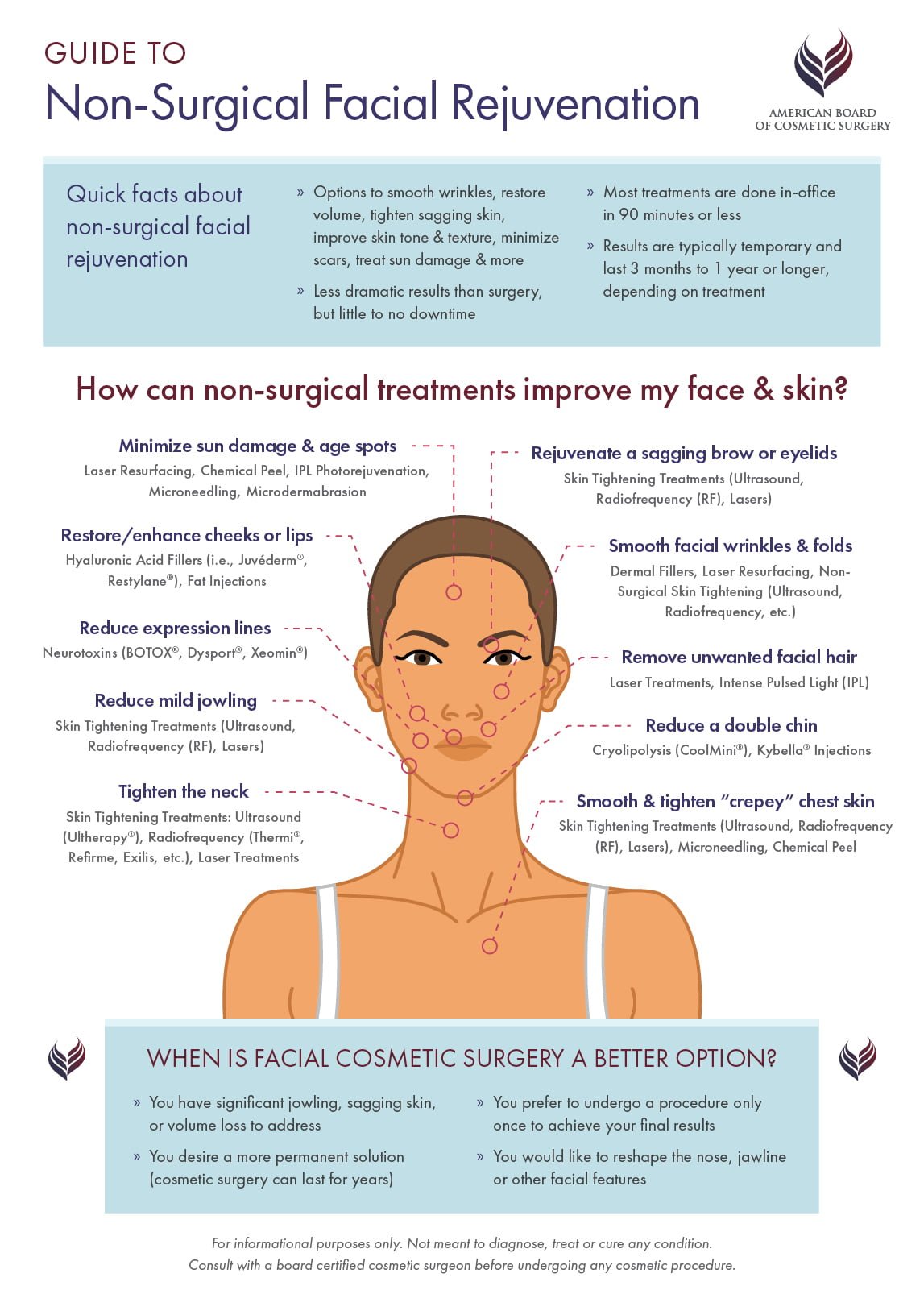Low Dose Isotretinoin Pros And Cons
Low Dose Isotretinoin Pros And Cons
Blog Article
Acne Therapy - What Are AHAs in Acne Therapy?
AHAs are a vital ingredient for unclogging pore blockages and lightening up acne-prone skin. They function by breaking down dead skin cell buildup to promote newer, fresher cells, and stopping future obstructions.
Developing topical AHAs demands careful attention to different key aspects that significantly influence their effectiveness and tolerability. Keeping the optimal pH array, along with automobile selection and focus, amplifies their exfoliative qualities while mitigating prospective adverse reactions.
Glycolic acid
Glycolic acid is recognized for its moderate yet reliable exfoliating residential properties, which promote skin's all-natural losing and loosen the "adhesive" that holds dead cells on the surface of the skin. This assists unblock pores and minimize the look of great lines and wrinkles, along with enhance total skin texture and tone.
Remarkably, topical glycolic acid has actually also been revealed to boost the production of collagen, which is vital in keeping skin's firmness and elasticity. It is necessary to note, nevertheless, that due to the fact that glycolic acid can stimulate the skin's level of sensitivity to sunshine, it is essential to use sun block when using any type of items having this ingredient.
Skin specialists pay mindful attention to the formula of items including AHAs in order to maximize their efficiency and tolerability. Formulating AHAs with the suitable automobile, in addition to pH and concentration considerations, enables optimum skin penetration while reducing prospective negative responses. This is particularly important for people with delicate skin, since AHAs are understood to be slightly bothersome.
Lactic acid
Lactic acid is found in many over the counter skin treatment items and some more powerful professional peels and treatments. It has the lowest molecular weight of all the AHAs and is able to permeate much deeper right into the skin, where it is extra effective at unclogging pores and exfoliating.
Like glycolic acid, it likewise boosts collagen synthesis, which aids diminish fine lines and wrinkles and improve skin structure. Furthermore, it has moisture-retention residential properties, that makes it preferable for drier skin kinds than various other AHAs.
The extensive body of medical data validating the effectiveness of topical AHAs sustains their energy in a variety of skin-related ailments and visual concerns. These include intricate skin rejuvenation treatments, depletion of great lines and creases, lightening of hyperpigmentation, healing treatment for actinic keratosis, and acne administration [2] Enhancing the formulation of AHAs by balancing pH, concentration, and lorry option additionally improves their restorative capacity. These careful considerations make it possible for skin doctors to supply risk-free and efficient treatments that provide superior clinical outcomes.
Mandelic acid
Mandelic acid, stemmed from almonds, is one more member of the AHA family and is a preferred active ingredient in items that assist treat acne. Its larger molecular dimension indicates it permeates the skin much more slowly and gently, which can reduce the possibility for inflammation. It's likewise less likely to cause soreness and various other skin sensitivity issues, making it ideal for delicate skin types.
Mandelic Acid is thought to help reduce swelling and boost hydration. It works by loosening up the bonds in between dead skin cells, allowing them to shed and disclose fresher-looking skin. It likewise helps reduce the look botox for tmj of bigger pores.
Developing topical products with AHAs requires a specific equilibrium of essential factors that dramatically affect their effectiveness and tolerability. In particular, the pH of an AHA solution has been shown to play a vital role in its capacity to promote exfoliation and boost skin tone and texture. Attaining this optimal focus is a difficult goal and calls for careful attention to the numerous elements that impact the solution process.
Citric acid
Citric acid, located in citrus fruits such as oranges and lemons, is a moderate AHA. It's less annoying than glycolic or lactic acid, making it more suitable for delicate skin. It likewise has astringent properties, assisting to dry out excess oil.
Like various other AHAs, citric acid can be used in chemical peels and day-to-day active/maintenance treatments to scrub the skin and promote cell turn over. It can help in reducing the appearance of dark places and hyperpigmentation, in addition to fine face lines.
It can also raise the synthesis of glycosaminoglycans, which play an essential duty in enhancing the skin barrier feature. This aids to avert trans-epidermal water loss, and keep optimal hydration degrees in the skin [35]
AHAs can be combined with comforting components such as ceramides or hyaluronic acid to improve their tolerability. They can be included into day-to-day active/maintenance skincare via cream or lotion formulations. This permits professionals to tailor their AHA therapies based on person requirements and choices, with the flexibility of picking from different therapy strengths or concentrations.